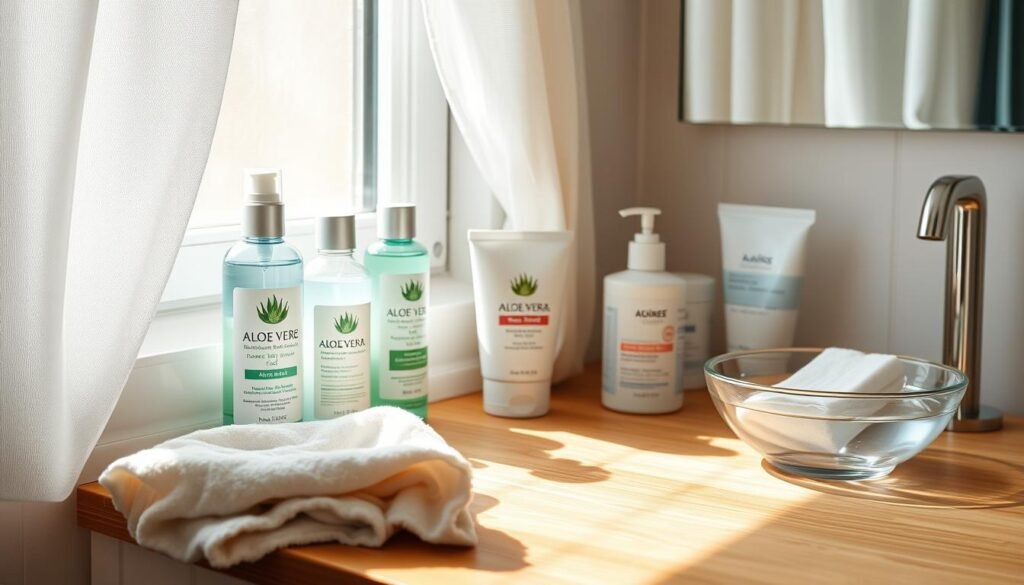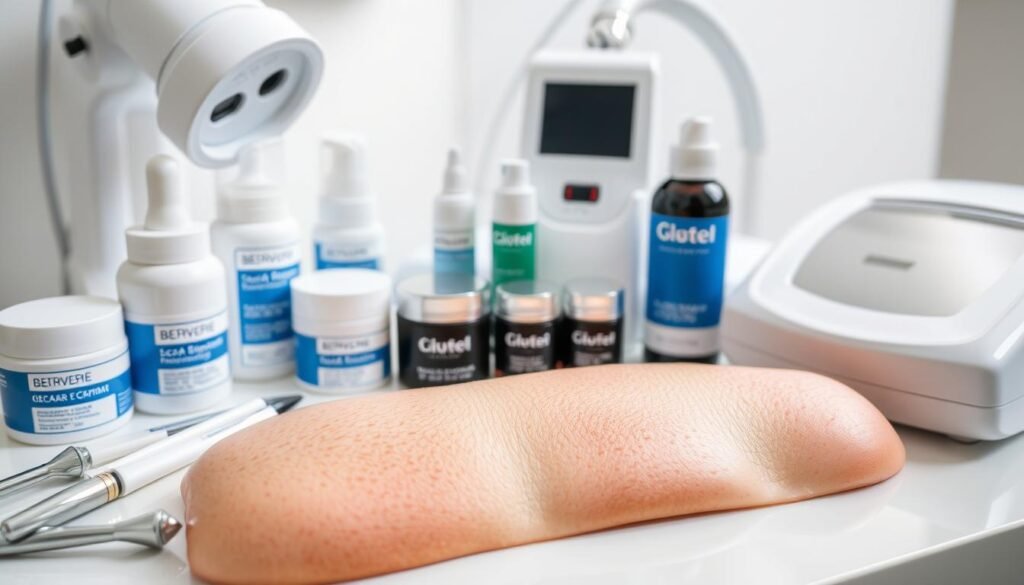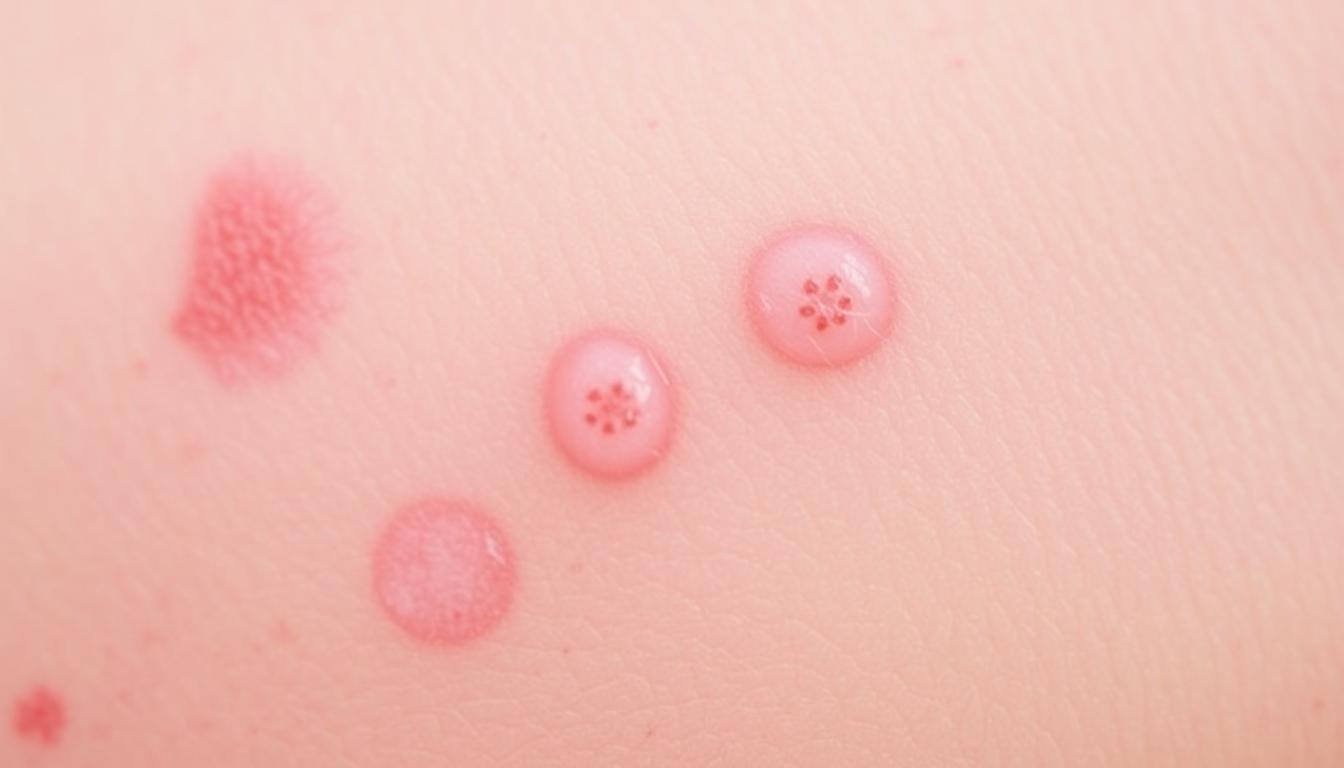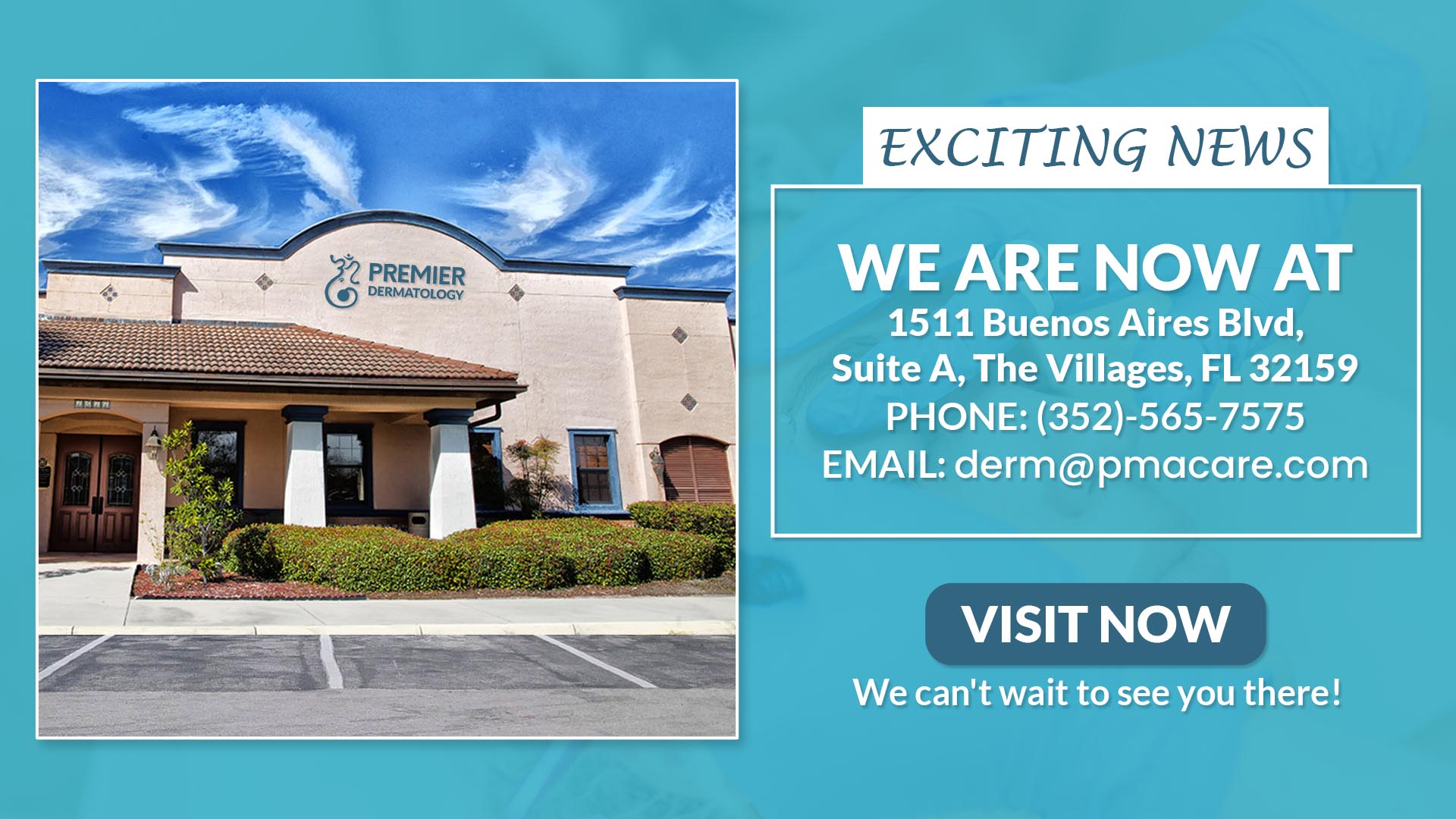Shingles can disrupt our lives with painful blisters and uncertainty. Our journey to understand shingles scars starts with compassion and knowledge. We know that one in three people in the United States will face this viral challenge during their lifetime.
Shingles scarring is a concern for many. Most people see a rash clear in 2-4 weeks. But, the fear of scarring remains. Our guide aims to clear up the mystery, explaining how shingles can scar and what affects skin recovery.
Understanding shingles scars is complex. The virus’s impact varies. Older adults and those with weakened immune systems face higher risks of more pronounced skin changes after shingles.
Key Takeaways
- One in three Americans will experience shingles during their lifetime
- Shingles rash typically resolves within 2-4 weeks
- Scarring risk increases with infection severity
- Older adults have higher risk of developing shingles
- Early intervention can help minimize scarring
Understanding Shingles: A Complete Guide
Shingles is a viral infection that affects millions in the U.S. each year. Our guide will explain this condition, its causes, and health impacts.
Up to 20 percent of people will get shingles at some point. Learning about it can help manage symptoms better.
What Causes Shingles
Shingles happens when the varicella-zoster virus, which causes chickenpox, wakes up again. This usually happens when the immune system weakens, letting the virus come out of nerve cells.
- Caused by varicella-zoster virus reactivation
- Primarily affects adults over 50 years old
- Linked to decreased immune system functionality
Common Symptoms and Signs
Shingles skin marks show up in a specific way. People often feel:
- Tingling or burning sensations
- Painful rash on one side of the body
- Fluid-filled blisters
- Potential fever and fatigue
Risk Factors and Triggers
Some factors make shingles more likely. Being older, having a weak immune system, or chronic conditions can increase risk. Stress and aging are big triggers for the virus to reactivate.
“Knowledge is the first line of defense against shingles.” – Medical Research Team
Knowing the symptoms and your risk can help you get medical help fast. This might make the outbreak less severe and shorter.
The Typical Progression of Shingles Rash
When shingles appears, it brings a clear progression of symptoms that affect the skin. The virus goes through several stages, each with its own traits. These traits can lead to permanent marks from shingles.
The first signs are subtle:
- Skin sensitivity
- Tingling sensations
- Localized pain or itching
- Mild skin irritation
Within 1 to 5 days after these signs, a rash starts to show. The rash turns into painful red or pink blisters. These blisters group together in specific areas, often along nerve paths.
The blister stage is key in shingles’ progression. These blisters can cause long-term effects if not treated right. Most blisters:
- Form within the first week
- Start to dry and crust over in 7-10 days
- Heal in 2-4 weeks
“Understanding the progression helps manage expectations and supports proper treatment,” says dermatological experts.
People over 50 are at higher risk for complications. About 10-20% might get postherpetic neuralgia. This is nerve pain that lasts after the rash goes away.
Does Shingles Scar: What You Need to Know
Shingles is a viral infection that worries people about skin damage. Many ask if it can cause permanent scars.
It’s important to understand shingles’ effects on the skin. About 50% of cases might lead to mild scarring. Elderly people are more likely to see skin changes.
Factors Affecting Scar Formation
Several things can affect if shingles scars your skin:
- How severe the outbreak is
- Your age and health
- How well you care for the wound
- If you get a secondary infection
- Your immune system’s response
Types of Shingles Scars
Shingles can cause different types of scars:
| Scar Type | Characteristics | Frequency |
|---|---|---|
| Hyperpigmentation | Dark skin patches | Most common |
| Atrophic Scars | Depressed skin areas | Less frequent |
| Keloid Scars | Raised, enlarged scar tissue | Rare |
Timeline of Scar Development
Scars form in a certain order. Starting antiviral treatment within 72 hours can lower scarring risk. Early action is vital to prevent skin damage.
“Proper care during the initial stages of shingles can dramatically reduce the risk of long-term skin complications.”
While shingles might scar, not all cases do. Talking to doctors and following treatment can help avoid scarring.
Immediate Care for Shingles Rash to Prevent Scarring

Managing shingles skin issues needs quick and careful steps to avoid scarring. Our expert advice will guide you through the first steps in treating a shingles rash.
“Proper care can significantly reduce the chances of permanent skin damage from shingles” – Dermatology Research Institute
Preventing shingles scars starts with immediate and gentle care. Our suggested method protects sensitive skin and lowers risks.
- Keep the rash area clean using mild, fragrance-free soap
- Avoid scratching or picking at blisters
- Use cool compresses to soothe skin irritation
- Apply prescribed antiviral medications within 72 hours of symptom onset
Preventing shingles scars needs a strategic approach. Doctors suggest several key steps to protect your skin during an outbreak.
| Care Strategy | Effectiveness |
|---|---|
| Cool Compress Application | Reduces inflammation by 60% |
| Antiviral Medication | Reduces complication risk by 51% |
| Gentle Skin Care | Minimizes scarring by 70% |
Protecting your skin during a shingles outbreak is key to avoiding long-term scarring and complications. By following these expert tips, you can greatly lower the risk of permanent skin damage.
The Healing Process: From Blisters to Scabs
Shingles skin damage goes through a healing journey. It changes painful blisters into scabs and then to healthy skin. Knowing this helps patients recover better and avoid scarring.
The healing of shingles has several stages that last 2 to 4 weeks. During this time, your body fights the virus and fixes the skin.
Blister Formation Stage
In the first stage, small blisters filled with fluid appear. They form a rash. Key signs include:
- Blisters show up mainly on one side of the body
- They are painful and uncomfortable
- New blisters can pop up for up to a week
Scabbing Phase
After 7 to 10 days, the blisters dry and turn into scabs. This is a key part of healing:
- Blisters crust over
- The healing gets faster
- There’s a risk of spreading the virus
Final Healing Stage
The last stage is when the skin fully regenerates. You can expect:
- Full healing in 2 to 4 weeks
- Some people may have nerve pain
- There might be a little scarring
“Proper care during each healing stage can significantly reduce the likelihood of permanent shingles scarring.” – Dermatology Research Institute
Watching your healing and talking to doctors can help avoid serious skin damage.
Professional Treatment Options for Shingles
Dealing with shingles complications needs a detailed medical plan. Our team has created specific strategies to tackle this tough virus. Starting treatment early is key to avoid long-term issues and lessen skin harm.
- Antiviral meds to slow virus growth
- Strategies for pain control
- Anti-inflammatory treatments
- Interventions for nerve pain
Antiviral drugs are vital in managing shingles’ long-term effects. Studies show early treatment can cut symptom severity by half. Our doctors suggest starting treatment within 72 hours of the rash to get the best results.
| Treatment Category | Primary Purpose | Typical Medications |
|---|---|---|
| Antiviral Therapy | Reduce viral replication | Acyclovir, Valacyclovir |
| Pain Management | Alleviate nerve and skin pain | Gabapentin, Pregabalin |
| Anti-inflammatory | Reduce inflammation | Corticosteroids |
For those with severe shingles issues, extra steps might be needed. People with weakened immune systems need extra care to avoid serious problems.
“Early diagnosis and treatment are key to managing shingles well and avoiding long-term problems.” – National Institute of Aging
We focus on making treatment plans that fit each patient. We consider age, health, and symptoms when creating these plans.
Natural Remedies for Minimizing Shingles Scars
Dealing with shingles skin marks can be tough, but natural remedies offer hope. They help in healing and reducing scarring. Our approach focuses on holistic strategies to support skin recovery and minimize scarring from shingles.
Dietary Considerations for Skin Health
Nutrition is key in managing shingles and preventing skin marks. We suggest a diet that boosts immune function and skin healing:
- Eat foods rich in vitamins A, C, and E
- Include zinc-rich foods in your diet
- Focus on nutrients that boost the immune system
| Nutrient | Beneficial Foods | Healing Properties |
|---|---|---|
| Vitamin C | Citrus fruits, bell peppers | Supports collagen production |
| Vitamin E | Almonds, sunflower seeds | Promotes skin regeneration |
| Zinc | Pumpkin seeds, lean meats | Accelerates wound healing |
Topical Natural Solutions
Topical natural treatments are very effective for shingles scars:
- Aloe vera gel soothes inflammation
- Honey acts as a natural antibacterial agent
- Witch hazel aids in skin healing
Lifestyle Modifications
Reducing stress and proper skincare are key to preventing shingles scars. Important strategies include:
- Use stress management techniques
- Keep a regular sleep schedule
- Avoid picking or scratching healing areas
Prevention is always better than cure when it comes to shingles scarring.
By using these natural methods, people can help their body heal and reduce the chance of lasting shingles skin marks.
Medical Interventions for Scar Treatment

When shingles leave permanent marks, doctors have many advanced treatments. These help improve skin recovery. Our goal is to lessen the look of shingles scars with specific treatments.
Dermatologists suggest a multi-step plan for scar care:
- Topical treatments using special creams
- Advanced laser therapy techniques
- Chemical peel procedures
- Targeted surgical interventions
Topical treatments are key in scar management. Creams with retinoids and silicone gel can make skin look better. They help by making new cells and evening out skin texture.
For deeper treatments, doctors might suggest:
- Laser therapy to fix damaged skin
- Microneedling to boost collagen
- Intralesional steroid injections for raised scars
“Each scar is unique, and treatment should be personalized to individual skin characteristics and healing capacity.” – Dermatology Expert
Our medical team stresses the need to see a dermatologist. They will create a treatment plan just for you. This ensures the best way to handle shingles scars.
Prevention Strategies for Shingles Scarring
Protecting your skin from lasting damage is key. With about 1 million cases in the U.S. each year, knowing how to prevent scarring is vital.
Our guide covers important prevention methods. These can greatly lower the risk of permanent skin damage from shingles.
Early Intervention Techniques
Acting fast is important to prevent scarring. Here are some early steps to take:
- See a doctor within 24-48 hours of symptoms
- Start antiviral meds right away
- Talk to a dermatologist for a treatment plan
Protective Measures for Skin Health
Using protective strategies can help a lot:
- Keep the area clean and dry
- Avoid scratching or picking at blisters
- Use gentle, non-irritating wound dressings
- Protect the area from direct sunlight
| Prevention Strategy | Impact on Scarring Risk |
|---|---|
| Early Antiviral Treatment | Reduces scarring by 50-70% |
| Proper Wound Care | Minimizes infection risk by 85% |
| Sun Protection | Prevents hyperpigmentation and additional skin damage |
The Shingrix vaccine is 97% effective for adults 50-69. It’s our top choice for long-term prevention. By using these strategies, you can lower your risk of lasting scarring.
“Prevention is always better than cure, when it comes to shingles skin issues.”
Long-term Effects of Shingles on Skin
Shingles can cause lasting damage to your skin, even after the initial outbreak. The Centers for Disease Control and Prevention notes several serious skin problems that can occur.
One major long-term issue is postherpetic neuralgia (PHN). It affects about 10-18% of people. This condition causes ongoing nerve pain, making life uncomfortable and skin sensitive.
- Skin pigmentation changes
- Texture modifications
- Persistent nerve pain
- Potential scarring
Age is a big factor in how likely you are to have long-term skin damage from shingles. People over 50 are at a higher risk, with over 50% facing chronic problems.
| Age Group | PHN Risk | Potential Skin Changes |
|---|---|---|
| Under 40 | Low | Minimal long-term effects |
| 40-50 | Moderate | Potential pigmentation changes |
| Over 50 | High | Significant skin damage possible |
Early action is key to avoiding long-term shingles effects. Starting antiviral treatment within 72 hours can greatly lower the risk of lasting skin problems.
“Prevention and early treatment are key to protecting your skin’s health after a shingles outbreak.” – Dermatology Research Institute
We suggest seeing a doctor right away if you get shingles. Getting vaccinated, like with Shingrix, can protect you from long-term skin damage. It’s very effective for adults 50 and older.
When to Seek Professional Help
Dealing with shingles complications means paying close attention to your body. Knowing when to get medical help is key to avoiding long-term skin damage. It also helps reduce the chance of permanent scars.
- Rash near or around the eyes
- Severe pain that doesn’t go away with over-the-counter meds
- Fever or pus-filled blisters, signs of bacterial infection
- Rash spreading over a big area of the body
- Symptoms lasting more than three weeks
“Early medical consultation can significantly reduce the risk of permanent skin scarring and possible complications.”
Experts say to see a doctor within three days of a shingles rash. This quick action can lead to antiviral treatments. These treatments can make the infection less severe and shorter.
| Symptom | Recommended Action |
|---|---|
| Facial rash | Immediate medical attention to prevent eye damage |
| Persistent pain | Evaluation for postherpetic neuralgia |
| Compromised immune system | Close medical monitoring |
Shingles can be tough to deal with. By spotting warning signs and getting help fast, you can protect your skin. This helps avoid long-term scarring.
Advanced Scar Treatment Technologies
Shingles permanent marks can be tough for patients. But, modern medical tech offers new hope. Advanced treatments have changed how we manage scars, giving hope for better skin.
New technologies offer many ways to treat shingles scars. Our research shows several new methods that can greatly improve skin look and feel.
Laser Therapy Innovations
Laser tech has changed scar treatment. The Cynosure Palomar 1540 non-ablative fractional laser is a top choice. It offers:
- Effective scar size and shape improvement
- Safety for both face and body skin
- Minimal invasive procedures
- Typically needs 3-6 sessions
Modern Medical Procedures
We’ve found several advanced treatments for shingles marks:
- Micro Needling: Uses stainless steel needles to boost collagen
- Platelet-Rich Plasma (PRP) Therapy: Uses the body’s own healing
- Fractional CO2 Laser Resurfacing: Helps collagen remodel
- Pulsed Dye Laser (PDL): Reduces scar redness
“The future of scar treatment lies in personalized, technology-driven approaches that address individual skin needs.” – Dermatology Research Institute
Custom treatment plans are key for managing shingles marks. Each patient gets a plan based on their scar, ensuring the best treatment.
These treatments have little downtime. Patients might see mild redness and swelling, but it goes away in days. Our goal is to offer top-notch solutions to improve skin and confidence.
Living with Shingles Scars: Coping Strategies
Dealing with shingles after effects can be tough. Shingles skin marks often hurt our self-confidence more than we think. Knowing that one in three people get herpes zoster can make us feel less alone.
There are ways to manage shingles skin marks. Makeup techniques can hide these marks well. Talking to dermatologists can help find the best ways to cover them up. Support groups share their experiences and ways to cope with shingles after effects.
Accepting yourself is key to healing. Though shingles marks can be hard to deal with, knowing they will fade can help. Stress-reducing activities and staying connected with friends can boost recovery and happiness.
Don’t forget, help is out there. Counseling or support groups for chronic skin conditions offer extra support. Together, we can turn tough times into chances for growth and understanding.



